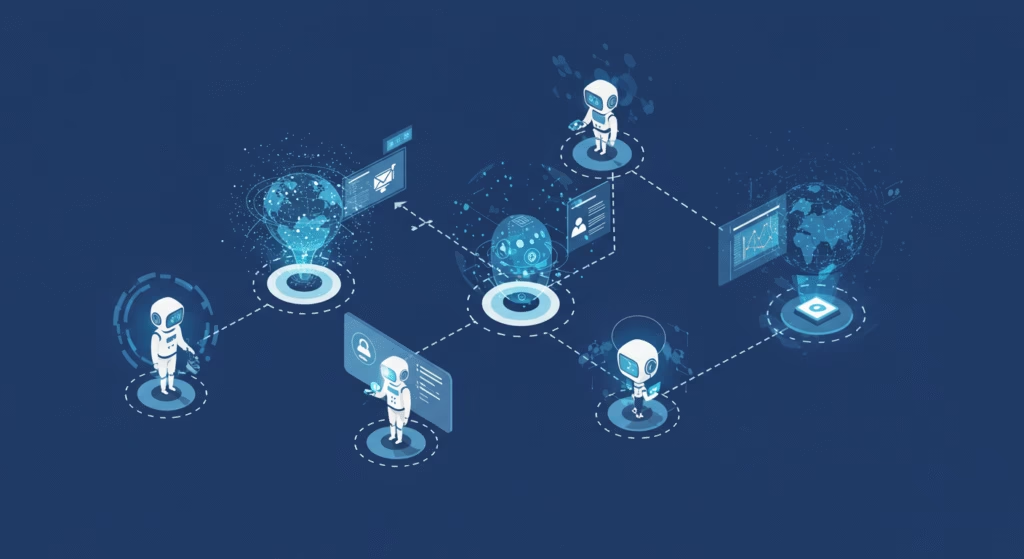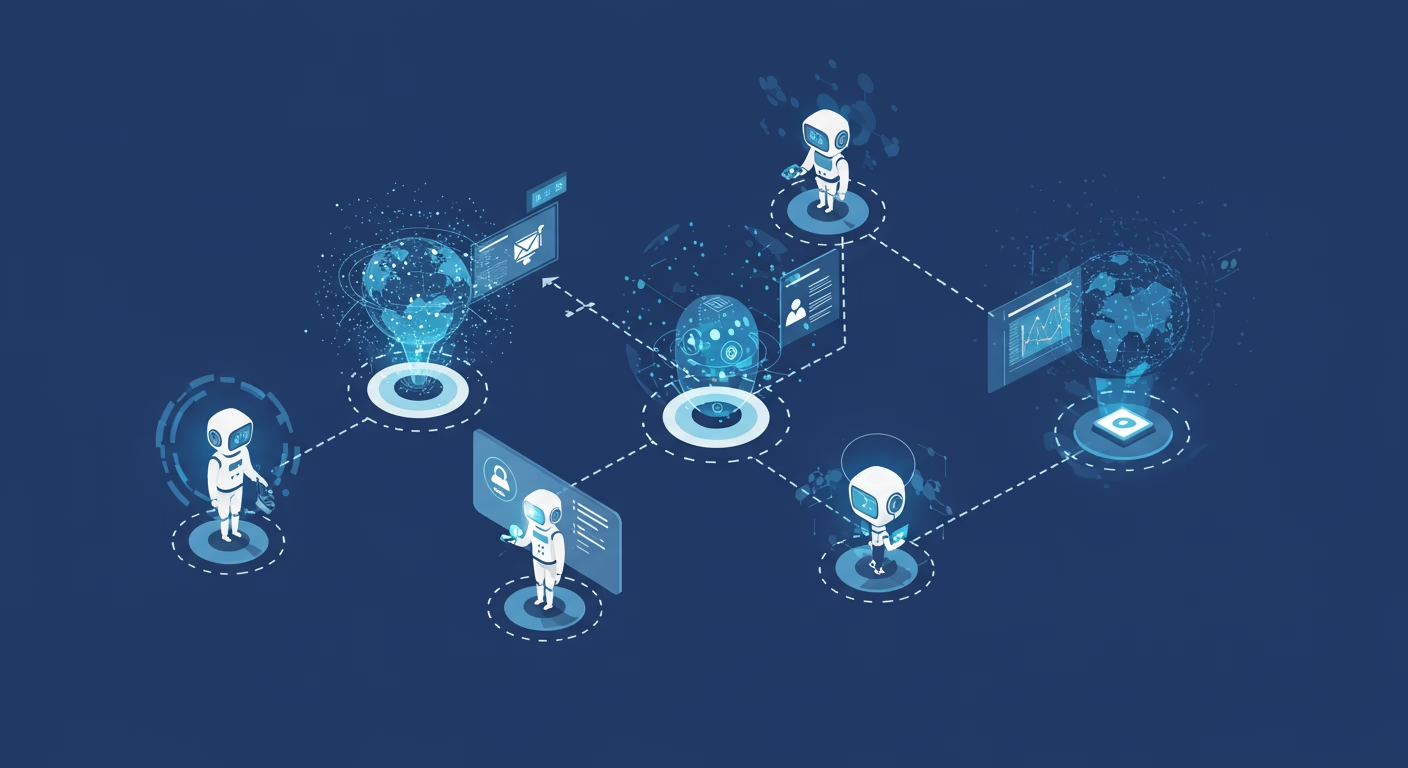Learn how to code AI apps in 2025 with this beginner-friendly Python tutorial. Discover free AI APIs, step-by-step coding examples, and tips to start building AI projects today!
Introduction
A Beginner’s Guide to Coding AI Apps in 2025, Python Tutorial
Artificial Intelligence (AI) is transforming the world in 2025, from chatbots to image recognition tools. If you’re a beginner eager to code your own AI apps, you’re in the right place! This guide simplifies the process using Python and free AI APIs, making it accessible even if you’re new to programming. By the end, you’ll have a working AI app and the confidence to explore further.
Why Learn to Code AI Apps in 2025?
AI is no longer just for tech giants. With free tools and APIs, anyone can build AI-powered apps. Here’s why you should start now:
- High Demand: AI skills are among the most sought-after in tech, with job opportunities growing.
- Accessible Tools: Free APIs like Hugging Face and OpenAI’s offerings lower the entry barrier.
- Endless Possibilities: Create chatbots, text generators, or image analyzers with minimal code.
Ready to dive in? Let’s build a simple AI app that generates text using a free API.
What You’ll Need
- Python 3.8+: Download it from python.org.
- Code Editor: Use VS Code or any text editor.
- Internet Access: To connect to free AI APIs.
- Basic Python Knowledge: Familiarity with variables, functions, and loops helps.

Step-by-Step Tutorial: Building a Text-Generating AI App
We’ll use Hugging Face’s Inference API, a free tool for running AI models. Our app will generate creative text based on a user prompt, like a mini story or poem. Follow these steps:
Step 1: Set Up Your Environment
- Install Python: Ensure Python is installed. Open a terminal and type python –version to check.
- Install Required Libraries: We need the requests library to interact with the API. Install it by running:
pip install requests
- Get a Hugging Face API Key:
- Sign up at huggingface.co.
- Go to your profile settings and generate a free API token.
Step 2: Write the Python Code
Create a file named ai_text_generator.py and add the following code. This script sends a prompt to Hugging Face’s text-generation model and displays the output.
Python Code
...........
import requests
import json
# Your Hugging Face API key
API_TOKEN = "your-api-token-here" # Replace with your token
API_URL = "https://api-inference.huggingface.co/models/gpt2" # GPT-2 model
headers = {"Authorization": f"Bearer {API_TOKEN}"}
def generate_text(prompt):
payload = {
"inputs": prompt,
"parameters": {"max_length": 50, "num_return_sequences": 1}
}
response = requests.post(API_URL, headers=headers, json=payload)
if response.status_code == 200:
return response.json()[0]["generated_text"]
else:
return "Error: Could not generate text. Check API key or connection."
# Get user input and generate text
user_prompt = input("Enter a prompt (e.g., 'Once upon a time'): ")
result = generate_text(user_prompt)
print("Generated Text:", result)
Code Explanation
- API_TOKEN: Your Hugging Face token for authentication.
- API_URL: Points to the GPT-2 model, a free text-generation model.
- generate_text(): Sends the user’s prompt to the API and returns the generated text.
- Input/Output: The user types a prompt, and the app prints the AI’s response.
Step 3: Run the App
- Replace “your-api-token-here” with your Hugging Face API token.
- Save the file and run it in your terminal:
python ai_text_generator.py
- Enter a prompt like “Once upon a time” and see the AI generate a short story continuation!
Step 4: Experiment and Expand
Try these ideas to enhance your app:
- Change Models: Use other Hugging Face models like distilgpt2 for faster responses.
- Adjust Parameters: Modify max_length or add temperature for more creative outputs.
- Add a GUI: Use tkinter to create a simple graphical interface for user input.
Tips for Success in AI App Development
- Start Small: Focus on one feature, like text generation, before tackling complex projects.
- Explore Free APIs: Beyond Hugging Face, try DeepAI or Clarifai for image-based AI.
- Learn the Basics: Understand Python’s data structures and API requests for smoother coding.
- Join Communities: Engage with forums like Reddit’s r/learnpython or Hugging Face’s Discord for support.
Common Challenges and Fixes
- API Errors: Double-check your API key and internet connection.
- Slow Responses: Free APIs may have delays. Consider paid tiers for faster results.
- Code Bugs: Use print statements to debug or check error messages for clues.
Why Hugging Face Is Great for Beginners
- Free Access: No cost to experiment with powerful models.
- Wide Model Selection: From text to image models, there’s something for every project.
- Documentation: Clear guides make it easy to learn.
Next Steps in Your AI Journey
You’ve built a text-generating AI app—congratulations! Here’s how to keep growing:
- Learn More Python: Master libraries like pandas or numpy for data-driven AI.
- Try New Projects: Build a chatbot or sentiment analyzer using other APIs.
- Share Your Work: Post your code on GitHub to showcase your skills.
Conclusion
Coding AI apps in 2025 is easier than ever with Python and free APIs like Hugging Face. This beginner-friendly tutorial showed you how to create a text-generating app in just a few steps. Keep experimenting, learning, and building to unlock AI’s full potential. Ready to code your next AI project? Share your ideas in the comments!
Try the code above and let us know your results! For more AI tutorials, subscribe to our blog or follow us on social media.
If this article was helpful to you, please leave your feedback in the comment section below.
Read Related Article: Unlock the Power of AI ! The Best FREE AI Tools

